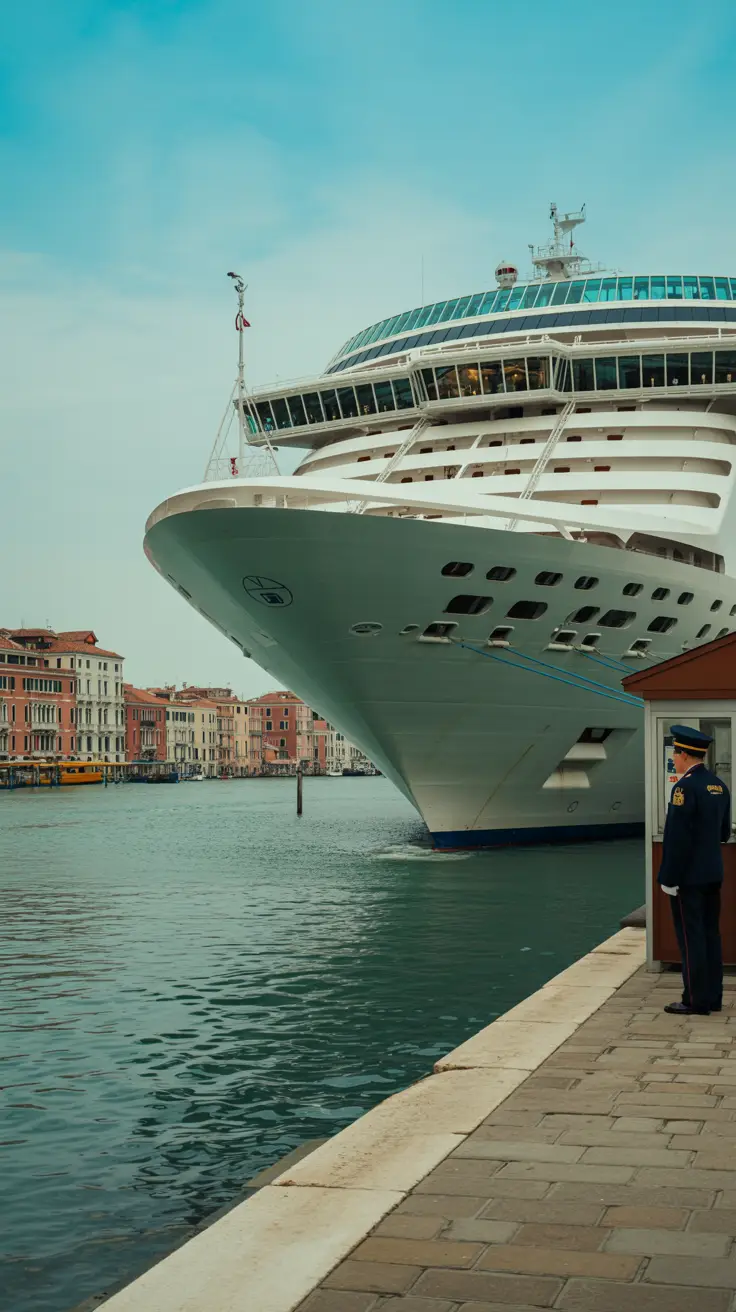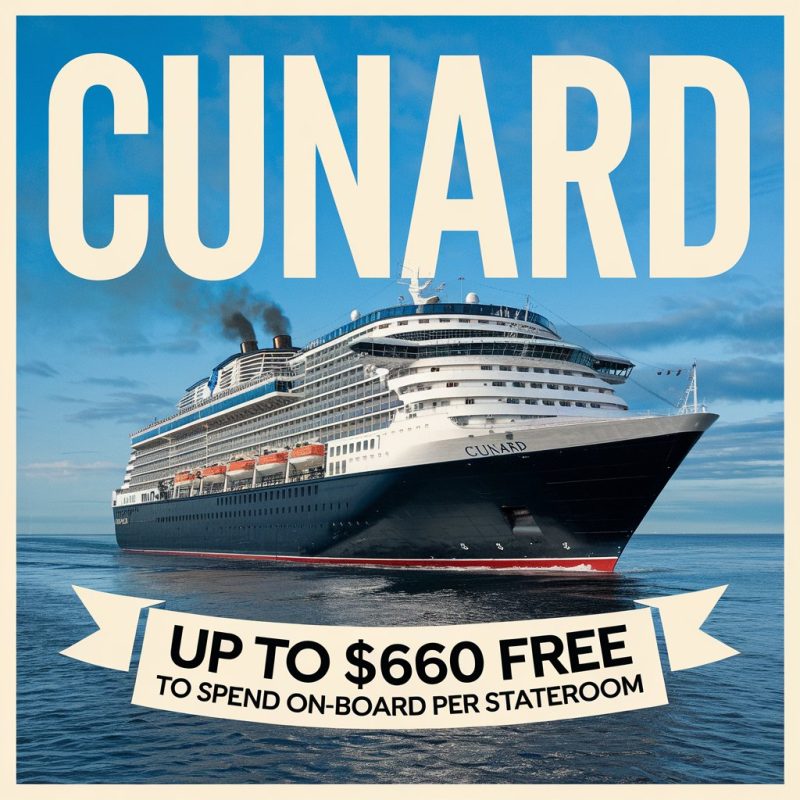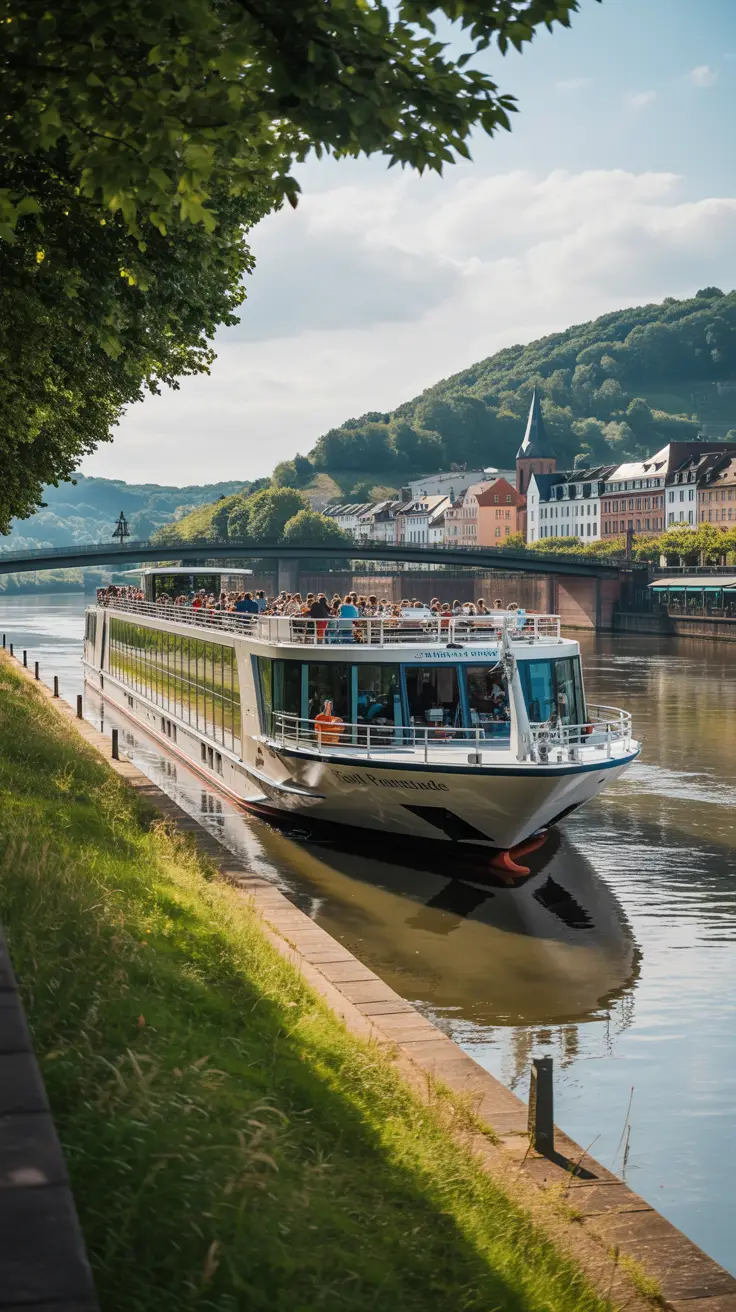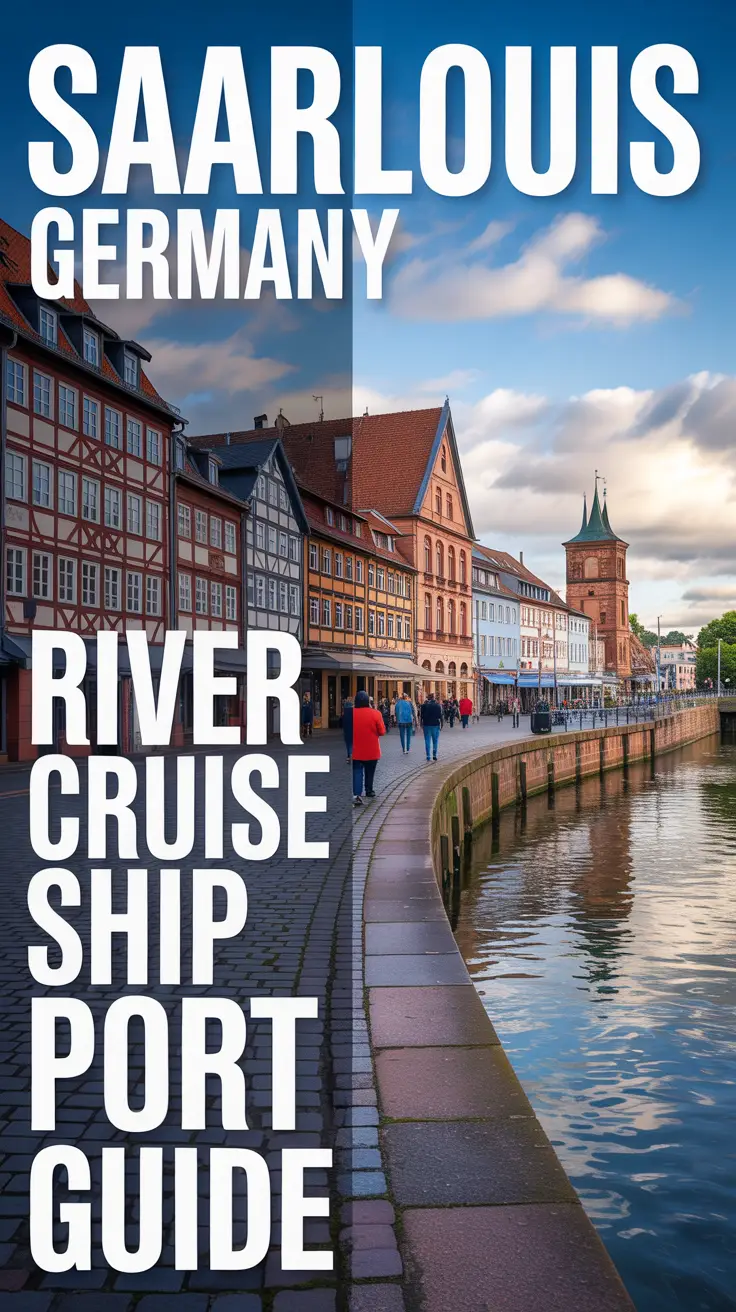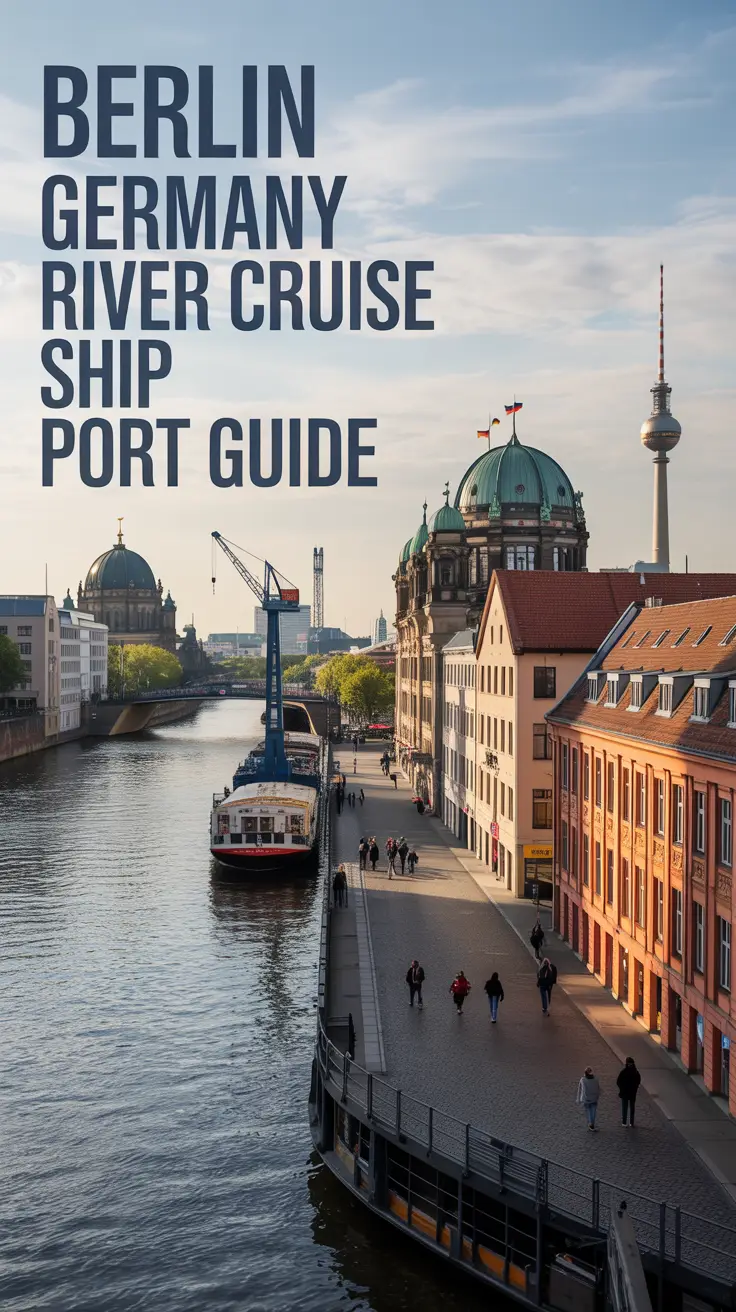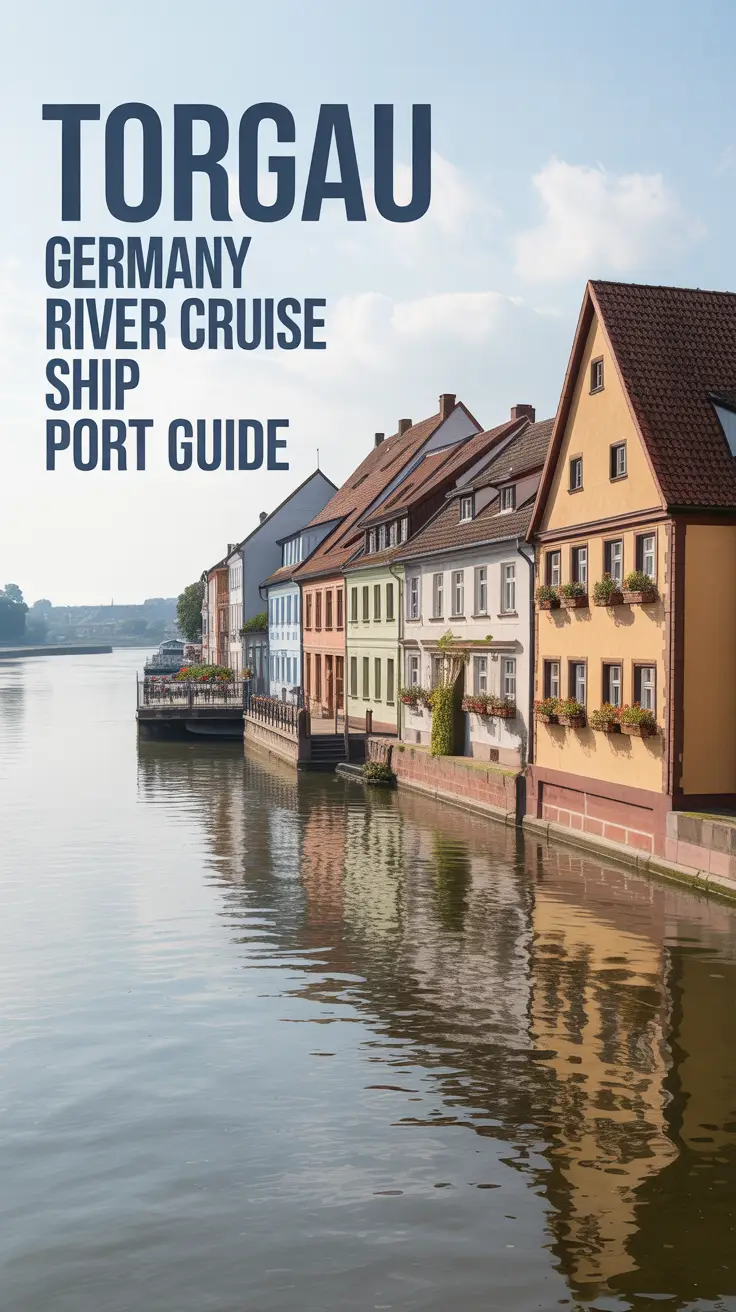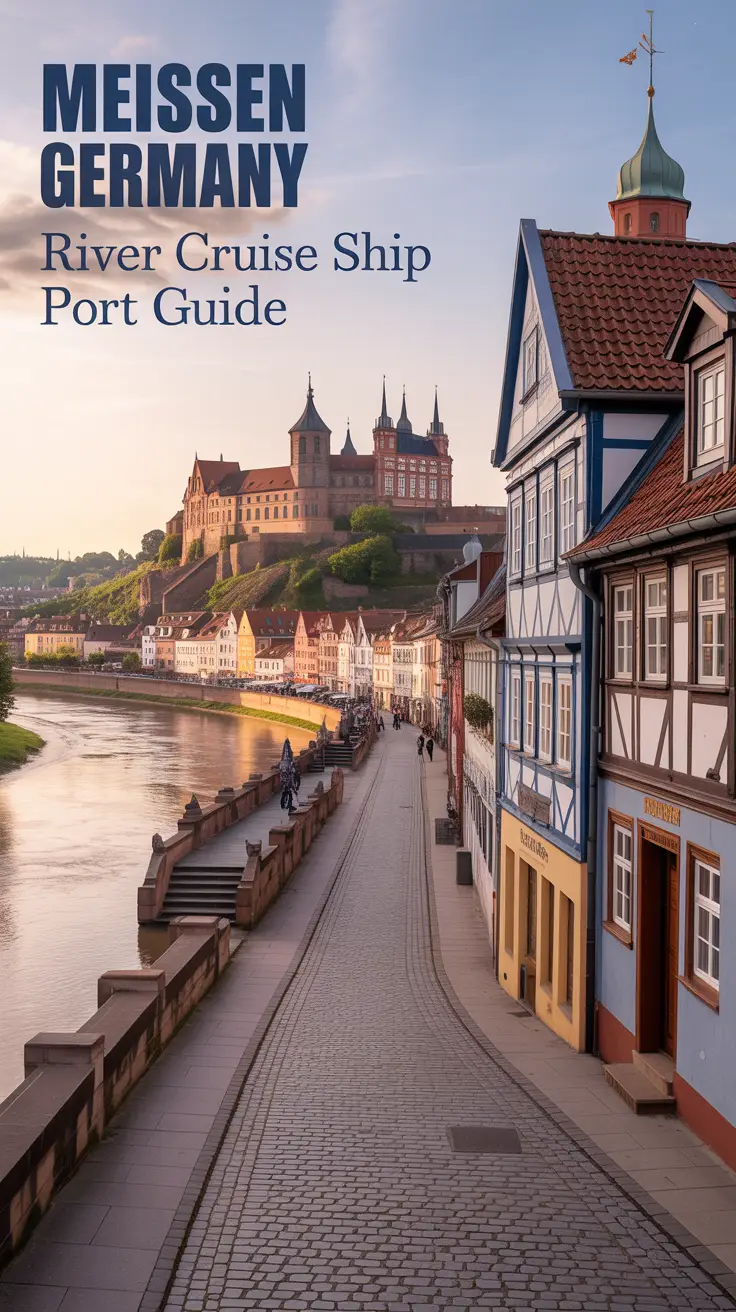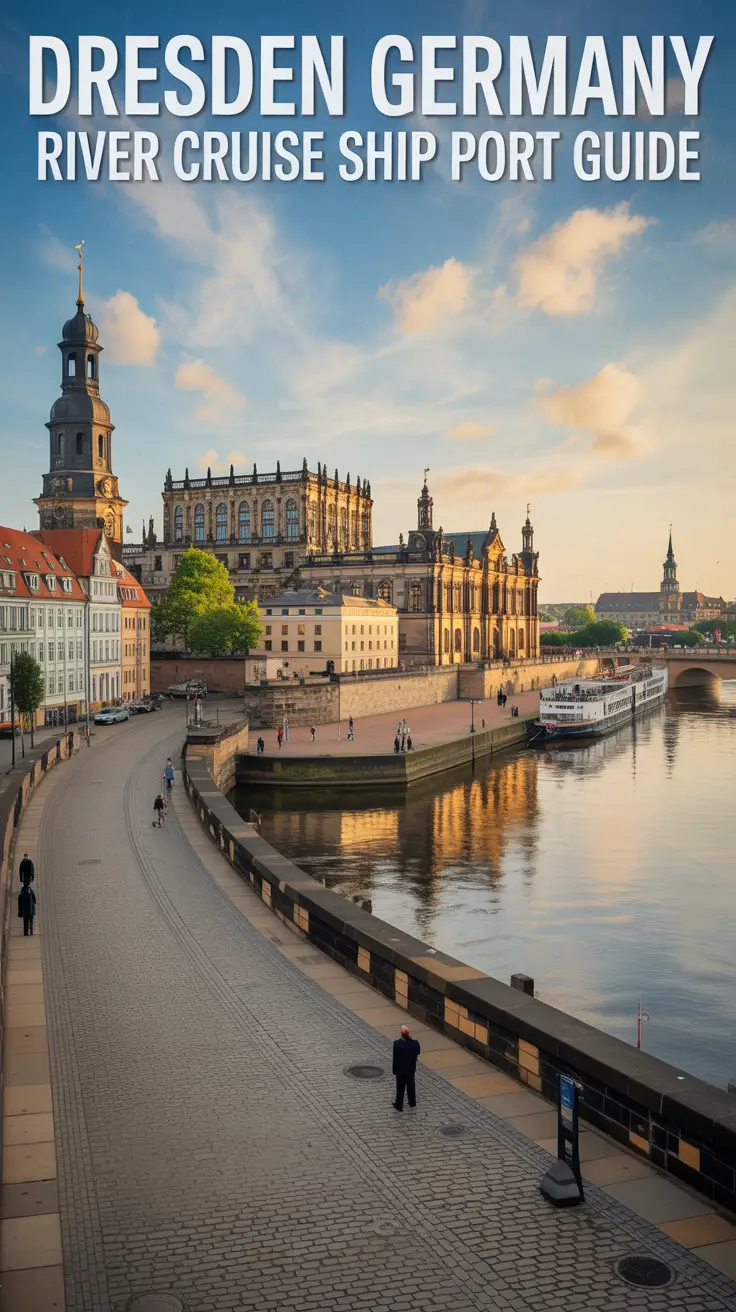Venice’s cruise port customs procedures for international passengers involve standard passport checks, possible luggage inspections, and EU regulations compliance. Most passengers experience smooth processing within 30-45 minutes, though peak season arrivals may take longer due to increased volume and enhanced security screenings.
Navigating Venice’s Floating Gateway
Ah, Venice – where cruise ships glide past centuries-old palazzos like gentle giants returning from their ocean adventures. But before you can lose yourself in the magic of the Floating City, there’s the small matter of customs to handle. Don’t worry; I’ve shepherded countless travelers through this process, and with the right knowledge, you’ll be sipping Aperol Spritzes in St. Mark’s Square before you know it.
The Port of Venice handles millions of cruise passengers annually, making it one of Europe’s busiest maritime gateways. Understanding the customs process here isn’t just helpful – it’s essential for a stress-free start to your Venetian adventure.
The Customs Landscape: What You’re Walking Into
International passengers disembarking in Venice face a surprisingly streamlined process compared to many other European ports. The Italian authorities have refined their procedures to handle the massive influx of cruise passengers efficiently, but there are still nuances that can trip up the unprepared.
Here’s what makes Venice unique among cruise ports:
- Dual-channel system (Green and Red) clearly marked in multiple languages
- Random spot checks even in the Green channel
- Stricter enforcement of alcohol and tobacco limits than neighboring countries
- Enhanced security screenings during peak tourist seasons
Documentation Requirements
Your passport is obviously essential, but seasoned cruisers know to keep these additional documents handy. For maximum security during travel, consider investing in an RFID blocking passport holder to protect your personal information from electronic pickpocketing attempts.
- Cruise ship disembarkation card
- Receipts for high-value purchases made during your cruise
- Any medical prescriptions for medications you’re carrying
- Travel insurance documentation (rarely requested but occasionally required)
The Green Channel vs. Red Channel Dance
Most cruise passengers confidently stride through the Green Channel, and rightly so. However, Venice customs officers are particularly vigilant about certain items that might surprise you.
Green Channel: Nothing to Declare
You’re good to go if you’re within these limits:
| Item | EU Residents | Non-EU Residents |
|---|---|---|
| Cigarettes | 800 | 200 |
| Spirits (over 22% alcohol) | 10 liters | 1 liter |
| Wine | 90 liters | 4 liters |
| Perfume | Unlimited | 50g |
| Gifts/Souvenirs | Unlimited | €430 value |
Red Channel: Something to Declare
Don’t be embarrassed about using the Red Channel – it’s there for a reason, and the officers are generally helpful rather than intimidating. You’ll need this route if you’re carrying:
- Excess alcohol or tobacco products
- Large amounts of currency (over €10,000)
- Commercial goods or samples
- Restricted items like certain food products
Insider Secrets from the Docks
After decades of cruise experience, I’ve picked up some tricks that can save you time and hassle. Many passengers find that proper planning, including understanding Venice cruise terminal facilities, can significantly streamline their arrival experience.
Timing is Everything
The customs hall’s atmosphere changes dramatically depending on when you disembark. Early morning passengers (7-9 AM) often breeze through, while mid-morning crowds (9-11 AM) face the longest waits. Late disembarkers benefit from reduced crowds but may encounter more thorough inspections as officers have more time per passenger.
The Venice Customs Quirks
Venice has some unique characteristics that even experienced cruisers might not expect:
- Food restrictions are stricter than other Italian ports – they’re particularly vigilant about meat products
- Counterfeit goods purchased at previous ports can cause significant delays
- Multiple bottles of the same expensive wine might trigger commercial import questions
- Large quantities of identical souvenirs raise red flags about resale intentions
According to Marco Benedetti, Chief Customs Officer at Venice Port Authority, “We see everything from passengers trying to bring home entire wheels of Parmigiano-Reggiano to others with suitcases full of identical ‘Murano’ glass that’s clearly mass-produced. Our advice? When in doubt, ask. We’d rather have a quick conversation than a lengthy inspection.”
Special Considerations for Different Passenger Types
First-Time International Cruisers
Venice can be overwhelming for newcomers to international cruising. The port is massive, signage can be confusing, and the sheer volume of passengers can create anxiety. My advice? Follow the crowd initially, but don’t hesitate to ask uniformed personnel for guidance. Once you clear customs, the journey from Venice cruise port to St Mark’s Square is straightforward and well-signposted.
Frequent Cruisers
Seasoned cruisers sometimes become too comfortable and forget that Venice has unique requirements. Don’t assume your usual routine will work here – Italian customs has some particular preferences that differ from other Mediterranean ports.
Passengers with Connecting Flights
If you’re flying out of Marco Polo Airport, factor in extra time for customs processing. While the port-to-airport connection is efficient, customs delays can impact tight flight schedules.
What Could Go Wrong (And How to Handle It)
Let’s be honest – sometimes things don’t go smoothly. Here are the most common issues and how to navigate them:
Document Problems
Expired passports or missing pages can create serious delays. The Italian authorities are generally understanding but inflexible on documentation requirements. Always check your passport’s expiration date and available pages before traveling.
Unexpected Inspections
Random inspections happen, even in the Green Channel. Stay calm, be cooperative, and remember that officers are doing their job. Most inspections are brief and professional.
Language Barriers
While many customs officers speak English, having key phrases in Italian can be helpful. “Non capisco” (I don’t understand) and “Parla inglese?” (Do you speak English?) are particularly useful.
Bonus Tips: The Secrets They Don’t Tell You
Here are some insider details that can make your Venice customs experience smoother:
- The “Family Line” trick: Families with children often have shorter waits, as officers process them more quickly
- Dress matters: Well-dressed passengers typically face fewer random inspections
- Smile and be patient: Italian customs officers respond well to friendly attitudes
- Keep receipts organized: Having purchase receipts easily accessible shows you’re prepared and honest
- Don’t pack customs-sensitive items in carry-on bags: Make them easily accessible in checked luggage
The Venice Port App Advantage
Few passengers know about the official Venice Port app, which provides real-time updates on customs wait times and can help you plan your disembarkation timing.
Currency Exchange Strategy
While not strictly customs-related, savvy travelers exchange some money on the ship before disembarking. The port’s exchange rates are notoriously poor, and having euros ready speeds up your exit from the port area.
If you plan to explore Venice extensively after clearing customs, comfortable footwear is essential for navigating the city’s bridges and narrow walkways – consider investing in quality walking shoes before your trip.
Common Questions
Can I bring back Venetian masks without declaring them?
Authentic Venetian masks, even expensive ones, are considered personal souvenirs and don’t need declaration unless you’re bringing back dozens for resale purposes. If you’re interested in discovering authentic mask shops, check out our guide to Venice’s secret mask shops for genuine artisan pieces.
What about that expensive bottle of wine I bought in Barcelona?
One expensive bottle purchased during your cruise is fine for personal consumption. Multiple identical expensive bottles might raise questions about commercial import intentions.
Do I need to declare my prescription medications?
Generally no, but keep them in original containers with your name on them. If you’re carrying large quantities or controlled substances, having a doctor’s letter can prevent delays.
Can I bring Italian food products back to my home country?
This depends on your destination country’s regulations, not Italian customs. Venice customs is concerned with what you’re bringing into Italy, not what you’re taking out.
What if I accidentally took the wrong customs channel?
Don’t panic. Politely explain your mistake to the nearest officer. They’ll usually direct you to the correct channel without any issues.
The Bottom Line
Venice cruise port customs doesn’t need to be a source of stress. With proper preparation, realistic expectations, and a friendly attitude, you’ll navigate the process smoothly and begin your Venetian adventure on the right foot. The key is understanding that customs officers are there to facilitate legitimate travel, not to create obstacles for honest passengers. For those planning to maximize their time in the city, our guide to Venice’s hidden photo spots can help you capture stunning memories after clearing customs.
Remember, every cruise port has its personality, and Venice’s customs reflects the city itself – efficient when you understand the system, but with enough Italian flair to keep things interesting. Soon enough, you’ll be standing in St. Mark’s Square, watching the pigeons dance around tourists and thinking about how that brief customs encounter was just the appetizer to the feast of experiences awaiting you in one of the world’s most magical cities.
For capturing those unforgettable Venetian moments, a professional camera can help you document your journey through this historic maritime city and its countless architectural treasures.

